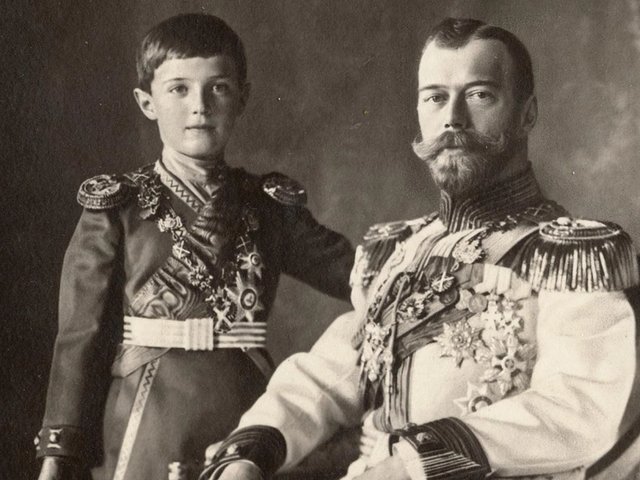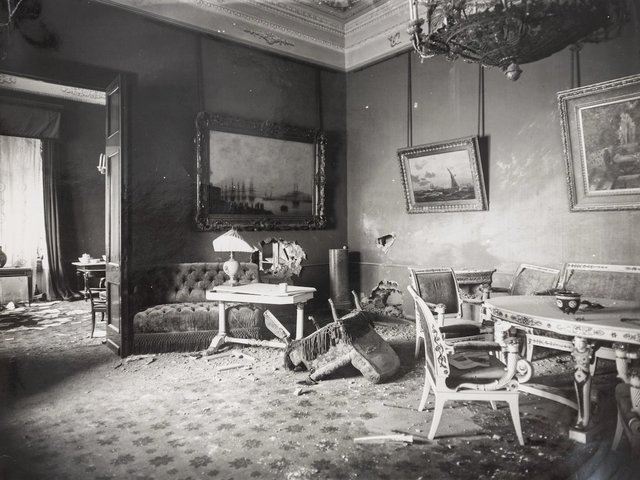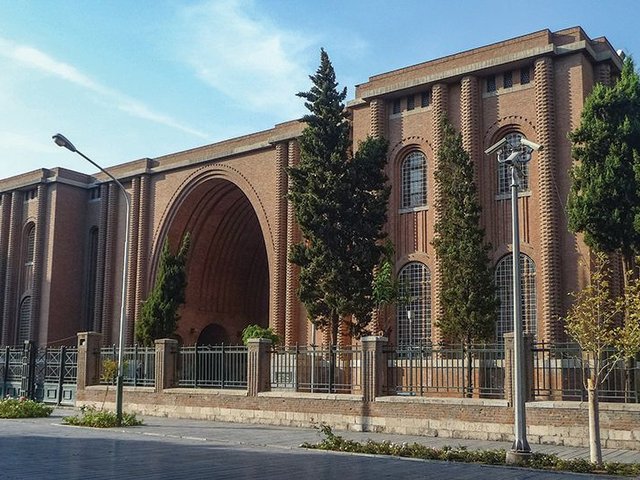Calvert 22, the London-based foundation that focuses on Russian and Eastern European contemporary art, is partnering with the State Hermitage Museum in St Petersburg for a programme of events marking the centenary of the Russian Revolution next year.
The year-long season will explore how the events of 1917 changed economic balance, gender relations–even attitudes towards alcohol consumption–through a series of informal debates, conferences and exhibitions. “The revolution is still romanticised through Dr Zhivago,” says Nonna Materkova, the founder and director of Calvert 22. “We want to show the different facets because it is so multi-layered.”

The programme, titled The Future Remains: Revisiting Revolution, is to culminate in the UK’s first exhibition of work by the Moscow conceptual artist Dmitri Prigov. Loans will come from the Hermitage museum, Prigov’s estate and possibly the Tate, which bought several works by the Russian artist earlier this year, Materkova says. Dmitri Prigov: Theatre of Revolutionary Action (12 October-17 December 2017) has been scheduled to coincide with the Tate’s centenary exhibition, Red Star Over Russia (8 November-18 February 2018).
Materkova also hopes to boost the profile of the Hermitage’s 20/21 Project, which saw the museum begin to collect, exhibit and study contemporary art in 2007. “The museum always favoured classical art; it was a brave move for the director [Mikhail Piotrovsky] to start looking to contemporary art,” she says.
Starting in February, a series of monthly talks organised in partnership with the European University at St Petersburg will bring together political scientists, social and cultural historians and economists. Meanwhile, a conference in April will focus on the impact of 1917 on museums across the former Soviet Union. An exhibition of photographs drawn from the archives of the Hermitage is to accompany the conference.




